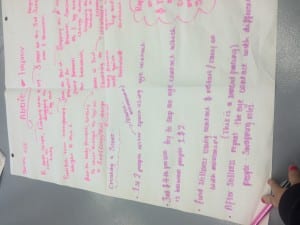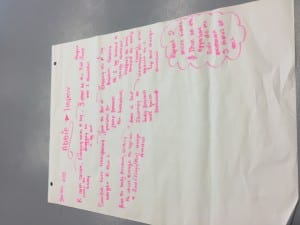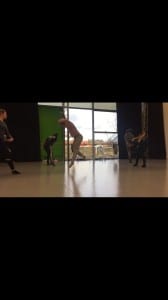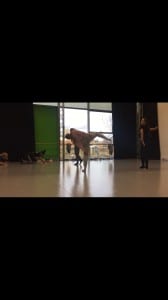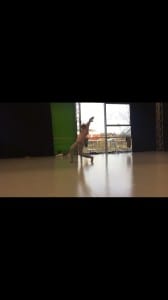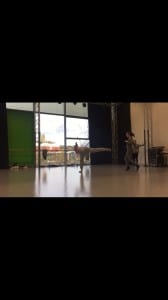This session we FINALLY HAD MUSIC!!!!
I can’t stress how much that made the session so much better for me because for me music is very important for dance and the impact that it has on the session, my movement and the different movement and energy that I gave out.
My main focuses for this blog is going to be the beginning of the session which was where the space was ours to warm our body’s up we could use the space how we wanted and then eventually went into opening and closing the scores.
We had an open score allowing the body to do whatever was natural but trying to cut out the habitual movement but then also closing the score have limitation with in the improvisation.
Because of closing the score this allowed me to create different movement to try around the closed score that our lecturer told us through the practice. This allowed habitual movement to be limited. For this exercise the music had a huge influence on it as we hadn’t danced with music before in in provision classes and it made the atmosphere so much more happier and also because I enjoyed the music it made me want to go into the space and dance more, it also influence some of my movements as well allowing my body to do movement I had never done before.
About 4 times we had a “dying space” for me this allowed everyone to regenerate and allow it to have a fresh start meaning new movements could be brought in and that I came in with a fresh start for example.Throughout the session we had to create our own score and then perform another groups. This I found was really hard to write one, when it came to performing one it was pretty easy for me as my dance ability is better than my written ability so I enjoy this it was just hard trying to understand the movement what someone else was thinking.
